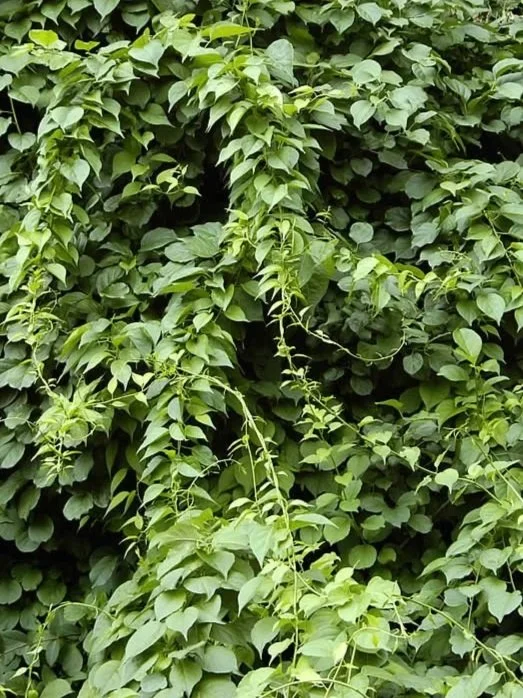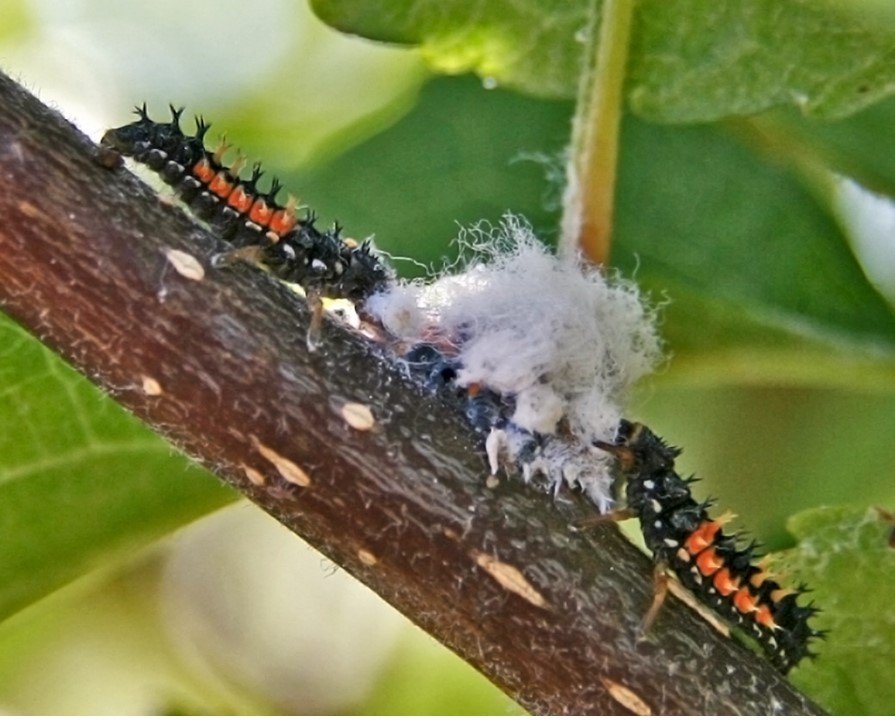Memorial Trees
Planting Memorial Trees: A Universal Tribute with Timeless Significance
Planting a memorial tree is more than a gesture—it's a living, breathing tribute that offers comfort, connection, and continuity. In a world where we often seek lasting ways to honor those we’ve lost, memorial trees offer a deeply meaningful, eco-conscious alternative to traditional remembrance. Their universal symbolism and cross-cultural significance make them a beautiful, lasting expression of love, grief, and hope.
Why Are Memorial Trees So Meaningful?
A Living Symbol of Continuity
Trees quietly mirror the cycle of life—birth, growth, dormancy, renewal. As a memorial, they offer a powerful metaphor for the enduring presence of someone we’ve lost. Watching a tree grow over the years creates a sense of connection and continuity that static memorials simply cannot replicate.
Healing Through Nature
Many studies show that time spent in nature can help reduce stress and foster emotional healing. Visiting a memorial tree offers loved ones a peaceful space to reflect, grieve, and find moments of stillness and solace. In this way, the tree becomes both a tribute and a therapeutic presence.
Environmental Legacy
A memorial tree is also a gift to the planet. It contributes to cleaner air, healthier soil, and greater biodiversity. It transforms personal grief into positive action—honoring the past while investing in the future.
Cultural and Spiritual Perspectives on Memorial Trees
Japanese Culture
In Japan, sakura (cherry blossom) trees symbolize the fleeting beauty of life. Their delicate blooms, which fall after just a few days, evoke the impermanence of existence. Planting cherry trees in memory of loved ones is a long-standing tradition, particularly during Hanami, the spring flower-viewing season.
Celtic and Druidic Traditions
To the ancient Celts, trees were sacred beings—especially oaks, which represented strength, wisdom, and protection. Planting an oak in memory of someone is a way of honoring not only the deceased but also the natural world that binds us all.
Native American Beliefs
Many Native American tribes view trees as spiritual relatives and powerful symbols of life’s interconnectedness. A tree planted in honor of someone may serve as a conduit for prayers and remembrance, bridging the physical and spiritual realms.
Modern Western Traditions
In contemporary memorial services, especially in the U.S. and Europe, trees are often planted at funerals or commemorative events. Some families create memorial groves or install personalized plaques, making the tree both a private remembrance and a public celebration of life.
How to Successfully Plant and Care for a Memorial Tree
1. Choose a Tree That Fits the Climate—and the Person
Select a species that thrives in your region, but also one that holds personal meaning. A flowering crabapple might reflect a loved one’s vibrant personality; a stately oak might honor someone strong and grounded. Native species are typically best for longevity and environmental impact.
2. Think Long-Term About the Location
Plant the tree in a spot where it can flourish for decades to come. Public parks, family properties, or dedicated memorial forests can all be appropriate. If planting on private land, consider future ownership and accessibility.
3. Involve Others in the Planting
Make the planting an event. Invite family or friends to take part. Saying a few words, sharing memories, or placing symbolic items in the soil can bring collective healing and create a cherished ritual.
4. Ensure Proper Establishment
Dig a hole twice as wide as the root ball but no deeper.
Avoid fertilizing at planting—compost or mulch is usually sufficient.
Water consistently during the first two growing seasons to help roots establish.
Use a tree guard if wildlife or equipment pose a risk.
5. Create a Lasting Record
Consider marking the tree with a plaque or QR code that links to a digital tribute—photos, videos, or stories. Documenting the tree's growth over the years can help younger generations connect with the legacy of the person remembered.
Growing a Legacy
Memorial trees transcend cultural boundaries and personal differences. Whether planted in a backyard, a community space, or a sacred grove, they serve as powerful reminders that life—like a tree—continues to grow, change, and nourish those it touches.
Because these trees carry deep emotional significance, every effort should be made to ensure they survive and thrive. Proper site selection, careful planting, and ongoing maintenance aren’t just horticultural tasks—they’re acts of respect. A healthy, flourishing tree honors the memory it was planted to preserve, offering comfort and connection for years to come.
In a world that moves fast, a memorial tree asks us to slow down, to watch it grow, and to remember that love doesn’t end—it simply takes root in new ways.
Scroll Down for Spanish Version - Desplázate hacia abajo para la versión en Español
〰️
Scroll Down for Spanish Version - Desplázate hacia abajo para la versión en Español 〰️
Plantar Árboles Conmemorativos: Un Homenaje Universal con Significado Eterno
Plantar un árbol conmemorativo es mucho más que un gesto: es un homenaje vivo que ofrece consuelo, conexión y continuidad. En un mundo donde buscamos maneras duraderas de honrar a quienes hemos perdido, los árboles conmemorativos representan una alternativa profundamente significativa y ecológica frente a los recuerdos tradicionales. Su simbolismo universal y su valor cultural los convierten en una expresión hermosa y duradera de amor, duelo y esperanza.
¿Por Qué Tienen Tanto Significado los Árboles Conmemorativos?
Un símbolo vivo de continuidad
Los árboles reflejan silenciosamente el ciclo de la vida: nacimiento, crecimiento, descanso, renovación. Como memorial, ofrecen una poderosa metáfora de la presencia constante de alguien que ya no está. Ver cómo un árbol crece con los años genera un sentido de conexión y continuidad que los recordatorios estáticos no pueden igualar.
Sanar a través de la naturaleza
Numerosos estudios han demostrado que pasar tiempo en la naturaleza puede reducir el estrés y promover la sanación emocional. Visitar un árbol conmemorativo brinda un espacio tranquilo para reflexionar, llorar y encontrar momentos de paz. De esta manera, el árbol se convierte en un tributo y también en una presencia terapéutica.
Un legado ambiental
Un árbol conmemorativo también es un regalo para el planeta. Ayuda a limpiar el aire, mejorar el suelo y fomentar la biodiversidad. Transforma el dolor personal en una acción positiva—honrando el pasado mientras se invierte en el futuro.
Perspectivas Culturales y Espirituales sobre los Árboles Conmemorativos
Cultura japonesa
En Japón, los árboles de sakura (flor de cerezo) simbolizan la belleza fugaz de la vida. Sus delicadas flores, que caen después de pocos días, evocan la impermanencia de la existencia. Plantar cerezos en memoria de seres queridos es una tradición antigua, especialmente durante el Hanami, la temporada de contemplación de flores en primavera.
Tradiciones celtas y druídicas
Para los antiguos celtas, los árboles eran seres sagrados—especialmente los robles, que representaban fuerza, sabiduría y protección. Plantar un roble en memoria de alguien es una forma de honrar tanto a la persona fallecida como al mundo natural que nos conecta.
Creencias de pueblos originarios de América
Muchas tribus indígenas de América consideran a los árboles como parientes espirituales y símbolos del equilibrio de la vida. Un árbol plantado en honor a alguien puede servir como un canal para las oraciones y el recuerdo, conectando el mundo físico con el espiritual.
Tradiciones occidentales modernas
En servicios funerarios modernos, especialmente en Estados Unidos y Europa, es común plantar árboles durante funerales o eventos conmemorativos. Algunas familias crean bosques memoriales o colocan placas personalizadas, haciendo del árbol un recuerdo íntimo y, al mismo tiempo, una celebración pública de la vida.
Cómo Plantar y Cuidar Exitosamente un Árbol Conmemorativo
1. Elige un árbol adecuado para el clima—y para la persona
Selecciona una especie que se adapte bien a tu región, pero también que tenga un significado personal. Un manzano silvestre con flores puede reflejar una personalidad alegre; un roble majestuoso puede honrar a alguien fuerte y con raíces profundas. Las especies nativas suelen ser las mejores por su longevidad y bajo impacto ambiental.
2. Piensa a largo plazo sobre el lugar de plantación
Escoge un sitio donde el árbol pueda crecer durante décadas. Parques públicos, propiedades familiares o bosques conmemorativos pueden ser buenas opciones. Si lo plantas en un terreno privado, considera la propiedad futura y el acceso a largo plazo.
3. Invita a otros a participar en la plantación
Haz del momento de plantación un evento especial. Invita a familiares o amistades a unirse. Decir algunas palabras, compartir recuerdos o colocar objetos simbólicos en la tierra puede ayudar a sanar colectivamente y a crear un ritual que todos atesoren.
4. Asegura un buen establecimiento
Cava un hoyo que sea el doble de ancho que el cepellón, pero no más profundo.
No uses fertilizantes al plantar—composta o mulch (acolchado) suelen ser suficientes.
Riega de forma constante durante las primeras dos temporadas de crecimiento para establecer raíces fuertes.
Usa una protección si hay riesgo de daño por animales o maquinaria.
5. Crea un registro duradero
Considera colocar una placa o un código QR que enlace a un homenaje digital—fotos, videos o historias. Documentar el crecimiento del árbol a lo largo del tiempo puede ayudar a las generaciones futuras a conectarse con el legado de quien fue recordado.
Cultivando un Legado
Los árboles conmemorativos trascienden fronteras culturales y diferencias personales. Ya sea en un patio trasero, un espacio comunitario o un bosque sagrado, son recordatorios poderosos de que la vida—como un árbol—sigue creciendo, cambiando y nutriendo a quienes toca.
Dado que estos árboles tienen un significado emocional tan profundo, es fundamental hacer todo lo posible para que vivan y prosperen. Elegir bien el sitio, plantar con cuidado y darles el mantenimiento adecuado no son solo tareas de jardinería—son actos de respeto. Un árbol sano y en crecimiento honra la memoria de quien se plantó, y ofrece consuelo y conexión por muchos años.
En un mundo que se mueve rápido, un árbol conmemorativo nos invita a detenernos, observar su crecimiento y recordar que el amor no termina—simplemente echa raíces de nuevas formas.
















